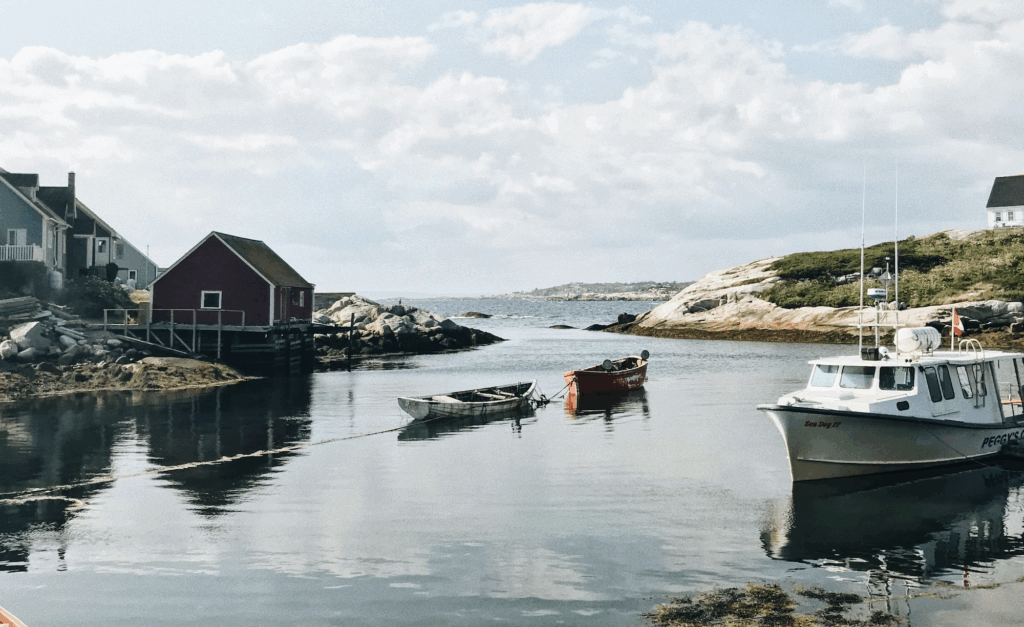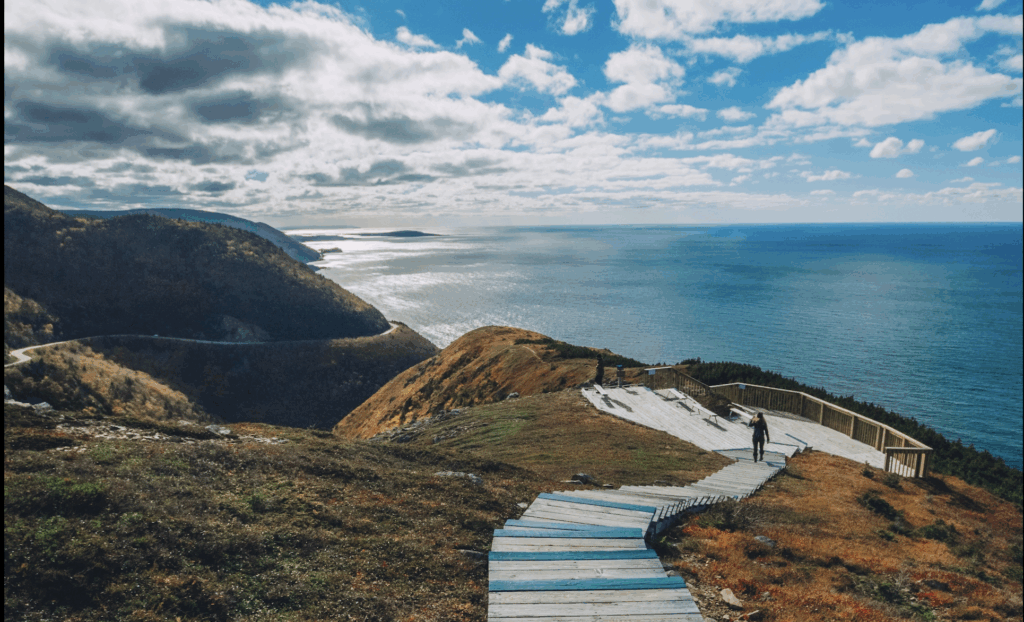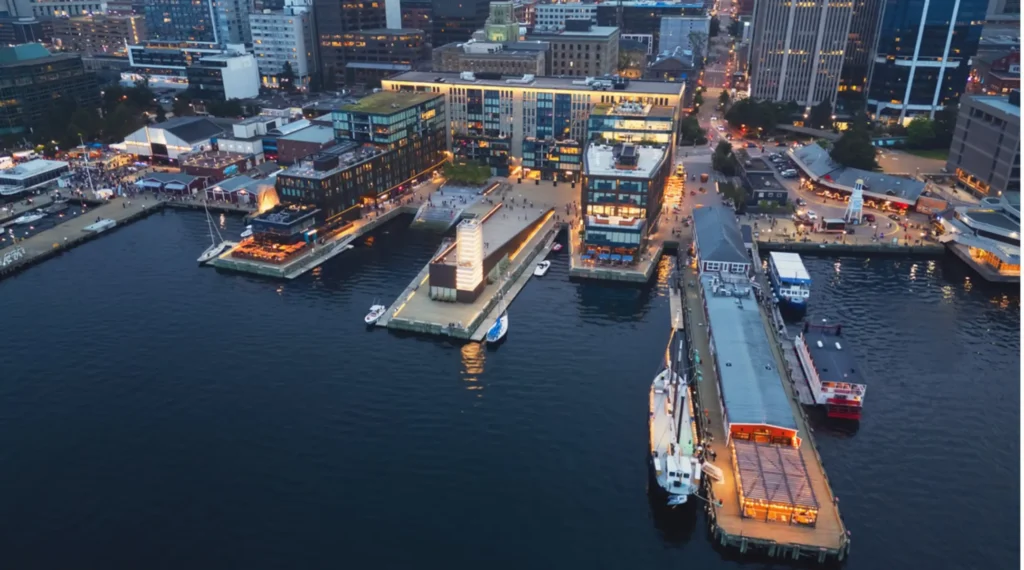The past decade has transformed the global property market. Residential developments have grown sharply in value, commercial high streets have faced decline, and traditional real estate models have struggled to adapt to changing economic conditions. Yet one sector has emerged with stable returns, consistent demand, and a surprising level of long term resilience, leisure property.
Canada, particularly Nova Scotia, is now a focal point for this shift. Investors who once prioritised urban rental blocks or office conversions are increasingly exploring staycation resorts, holiday parks, and golf-led developments. Primefield is positioned at the centre of this change, using land expertise to acquire undervalued sites and convert them into high performing leisure assets.
This blog explores why leisure property has become one of the strongest investment categories, why Nova Scotia is attracting global attention, and how strategic land acquisition can create long lasting value for both investors and local communities.
A sector driven by lifestyle, not volatility
Traditional property classes rise and fall with interest rates, urban density, and corporate demand. Leisure property behaves differently. It is driven by lifestyle, domestic travel patterns, and the human desire for accessible escapes.
During economic uncertainty, many households reduce long haul travel before they reduce short breaks close to home. This creates a steady, inflation resistant source of demand. Golf resorts, cabin developments, and lakeside holiday parks benefited from this pattern long before the pandemic accelerated it. What changed is the scale. Domestic travel in Canada has increased sharply, local tourism spending has risen, and demand for staycation inventory is now outpacing supply in many provinces.
For investors, this shift creates a rare combination. Leisure property offers the security of land based assets combined with the income potential of hospitality. Unlike residential units which rely on private tenants, resorts generate diversified revenue streams from accommodation, memberships, activities, retail, and food and beverage. The result is a more stable, predictable model that performs even in volatile economic periods.
Why Nova Scotia is becoming a global destination for leisure investment
Nova Scotia is emerging as one of the most attractive regions in Canada for leisure and lifestyle developments. Several factors are driving this.
1. An unprecedented rise in housing and land demand
Population growth in Nova Scotia has surged, driven by immigration and interprovincial migration. Halifax is now one of the fastest growing cities in the country. With that growth comes pressure on land, increasing scarcity, and rising valuations. Investors searching for undervalued opportunities are turning towards regions where infrastructure is improving but land is still accessible.
2. Government incentives for inward investment
Nova Scotia offers a supportive environment for development. Policies encouraging international investment, the ease of doing business, and a clear regulatory structure make it an attractive option for both private and institutional investors. Developers also benefit from a province actively promoting tourism and economic diversification.
3. A staycation boom that shows no sign of slowing
Canada’s domestic tourism recovery has outpaced many Western countries. Coastal provinces have been particular beneficiaries. Nova Scotia’s scenery, climate, and coastal access make it an ideal location for holiday parks, resorts, and recreational assets. Demand is rising faster than supply, creating an investment environment with room for significant growth.
4. Strong transport improvements
Improved flight access, upgraded road networks, and investment in local infrastructure have made previously remote regions more accessible. Developments that once felt too distant now sit firmly within the staycation travel radius, unlocking new pockets of investment opportunity.
Why leisure property outperforms traditional real estate
The performance gap between leisure property and traditional real estate is widening. Several structural advantages explain why.
Multi stream income
Leisure developments are not dependent on a single tenant or lease cycle. Resorts, parks, and golf facilities generate income from:
• accommodation
• memberships
• food and beverage
• retail
• events
• tourism partnerships
This diversification protects investors from seasonality and economic downturns.
Higher annualised yield
Well managed leisure developments often deliver stronger annualised returns than standard buy to let or commercial units. With the right strategy, yields comfortably outperform the market year after year.
Lower competition for strategic land
High street retail and urban residential development are saturated markets. Leisure land acquisition, particularly in Canada, remains under explored. This provides an advantage for early movers who can secure undervalued land before widespread institutional adoption.
Long term value creation
Developers often focus on short term flips. Leisure property rewards patience. Resorts become destinations. Golf courses attract communities. Holiday parks create recurring visitors who return annually. Successful sites grow in value both as operating businesses and as appreciating land assets.
Why visibility and credibility are essential for investor confidence
As the sector becomes more competitive, due diligence has become stricter. Investors want reassurance that the companies they work with are established, credible, and professionally validated.
For leisure property brands, credibility comes from three things.
1. A strong digital footprint
Investors will search your name before anything else. They expect a professional website, consistent social activity, and clear evidence of past and current projects. A brand that looks inactive risks losing investor trust at the first hurdle.
2. Optimised search performance
SEO is essential for modern property investment. If a company ranks well for sector searches, investors perceive it as established. Appearing in searches for leisure property investment, Nova Scotia development, or staycation resort opportunities builds authority before any conversation begins.
3. Independent media coverage
PR is the final and most powerful layer. When a company appears in trusted outlets, it sends a simple message. Other people consider this brand credible. Business media, property trade titles, and Canadian outlets give investors external validation that cannot be achieved through owned channels alone.
Primefield therefore operates a dual model of land acquisition and reputation building. We acquire undervalued land and develop high value assets, while ensuring the brand’s public presence matches the quality of its portfolio.
The future of leisure property in Nova Scotia
The next five years will see accelerated growth across the sector. Domestic travel is rising, provincial infrastructure is strengthening, and investor interest is moving east. Nova Scotia’s combination of scenic coastline, emerging tourist regions, and accessible investment incentives will continue attracting global attention.
Leisure property is no longer a niche category. It is a high growth, economically resilient investment class that appeals to agents, private investors, and institutional portfolios. The brands that succeed will be those who combine strategic land development with strong visibility and credible public positioning.
Primefield’s mission is to lead this next chapter of growth by developing assets that create long-term, sustainable value for investors and local communities.





